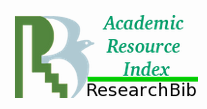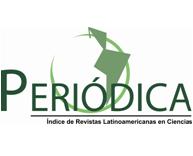ASSESSMENT OF THE ENVIRONMENTAL IMPACT OF A TECHNOLOGICAL PROPOSAL OF MOLDING IN A STEEL FOUNDRY
Keywords:
steel, casting, impacts, investment, moldingAbstract
Introduction:
Steel foundries are significant pollution sites with manual molding and demolding processes, therefore technology has moved on to molding using self-fragrance resins. In this paper, the Life Cycle Analysis (LCA) methodology is applied to evaluate the
environmental impacts in a foundry process subject to this technological investment.
Objetive:
To evaluate the environmental impact of a technological proposal in the molding stage in a steel foundry.
Materials and Methods:
The input and output flows of the mixtures of sand, gases and solid waste in the traditional molding and chemical molding processes for the production of one ton of steel, as a functional unit, were evaluated and inventoried. SimaPro 8.0 software was
used to obtain LCA results.
Results and discussion:
The results demonstrate the economic and environmental feasibility of chemical molding. In the analysis, it was verified that the return sand is the raw material with the greatest benefit to the impact categories, favoring from climate change to human health and limiting the formation of particles that affect health, ecosystems and natural resources.
Conclusions:
The LCA methodology quantifies the environmental impacts of steel production and justifies the economic-environmental feasibility of chemical molding, verifying that the return sand is the raw material with the greatest contribution to the impact categories and, as an avoided product that is recycled, favors in the new technology the environmental and damage categories.
Downloads
Downloads
Published
How to Cite
Issue
Section
License

This work is licensed under a Creative Commons Attribution-NonCommercial 4.0 International License.




















